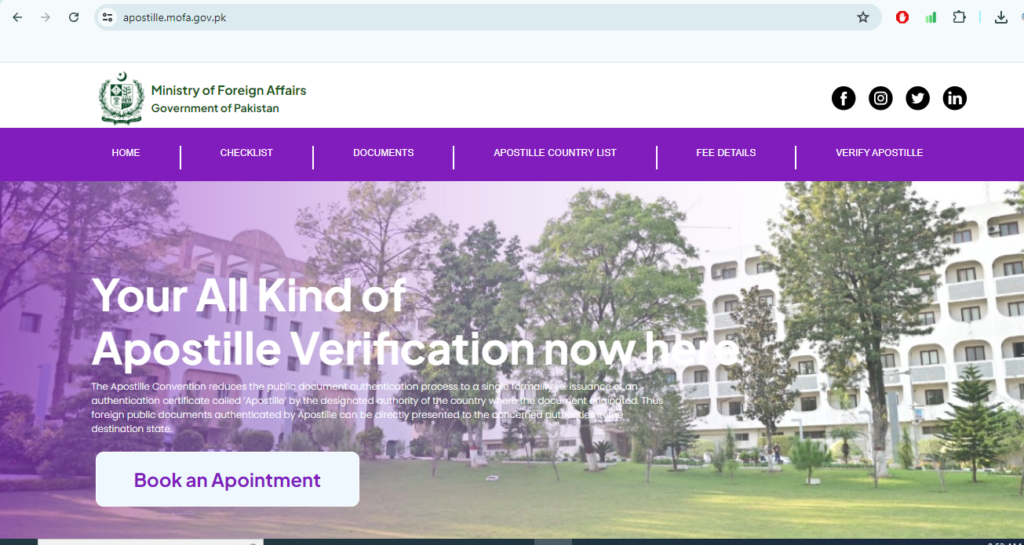Navigating the intricate world of international travel often begins with understanding visa requirements. Whether you’re dreaming of a vacation, pursuing educational opportunities, embarking on a new career, or reuniting with family, securing the correct visa is paramount. This comprehensive guide will break down the complexities of various visa categories, empowering you to make informed decisions and navigate the application process with confidence.
Understanding Visa Categories
A visa is an official document that allows a foreign citizen to enter a country for a specific purpose and duration. Visa categories are broadly classified based on the intended reason for travel, with each category having specific requirements and regulations. Understanding these distinctions is crucial for a smooth and successful application process.
Non-Immigrant Visas
Non-immigrant visas are designed for temporary stays in a foreign country, typically for tourism, business, education, or work. These visas do not grant permanent residency.
- Tourist Visas: These visas, often designated as “B-2” in the United States, are for individuals visiting a country for leisure, tourism, or visiting family and friends.
Example: Planning a two-week vacation to explore the historical sites of Italy would require a tourist visa.
Key Requirement: Proof of sufficient funds to cover your expenses during your stay and intent to return to your home country.
- Business Visas: Commonly designated as “B-1” in the US, business visas are intended for individuals traveling for business-related activities like attending conferences, negotiating contracts, or consulting with business partners.
Example: A marketing executive attending an international conference in Germany would need a business visa.
Key Requirement: Evidence of the business purpose of your trip, such as invitation letters or conference schedules.
- Student Visas: “F-1” visas (in the US) are for individuals pursuing academic studies at accredited educational institutions. “M-1” visas are for vocational or non-academic studies.
Example: Applying to study at a university in Canada requires obtaining a student visa.
Key Requirement: Acceptance letter from a recognized educational institution and proof of financial resources to cover tuition and living expenses.
- Work Visas: These visas allow individuals to work legally in a foreign country. Different types of work visas exist, often tied to specific occupations and skill sets. Examples include the H-1B (specialty occupations) and L-1 (intra-company transferees) visas in the US.
Example: An engineer accepting a job offer at a company in Australia would need a work visa.
Key Requirement: Job offer from a sponsoring employer, meeting specific educational and experience requirements, and often labor market certifications.
- Exchange Visitor Visas: The “J-1” visa is for individuals participating in exchange programs, such as educational, cultural, or professional exchanges.
Example: An au pair working for a family in France or a research scholar collaborating with a university in the United Kingdom would need an exchange visitor visa.
Key Requirement: Sponsorship from a designated exchange program organization and meeting the program’s specific requirements.
Immigrant Visas
Immigrant visas are designed for individuals who intend to reside permanently in a foreign country. These visas often lead to permanent residency and eventual citizenship.
Family-Based Immigrant Visas
These visas allow foreign nationals to immigrate based on their relationship with a U.S. citizen or lawful permanent resident.
- Example: A U.S. citizen sponsoring their spouse or children to immigrate to the United States.
- Key Requirement: Proof of the qualifying relationship (marriage certificate, birth certificate), the U.S. citizen or resident’s ability to financially support the applicant, and meeting specific eligibility criteria.
- Benefits:
Opportunity for permanent residency
Access to employment and education
Pathway to citizenship
Employment-Based Immigrant Visas
These visas allow foreign nationals with specific skills, qualifications, or investments to immigrate for employment purposes.
- Example: An individual with exceptional abilities in science, arts, or business, or an investor making a substantial investment in a U.S. business.
- Key Requirement: Varies depending on the specific category, but often requires a job offer, labor certification (proving no qualified U.S. workers are available), and meeting specific skill or investment thresholds.
- Categories (US Example):
EB-1: Priority Workers
EB-2: Professionals with Advanced Degrees or Exceptional Ability
EB-3: Skilled Workers, Professionals, and Unskilled Workers
EB-4: Special Immigrants
EB-5: Immigrant Investors
Factors Influencing Visa Approval
Several factors influence the approval or denial of a visa application. Understanding these factors can help you prepare a stronger application.
Financial Stability
Demonstrating sufficient financial resources to support yourself during your stay is crucial. This proves that you won’t become a burden on the host country’s public resources.
- Example: Providing bank statements, employment letters, or sponsorship letters to prove your financial stability.
Ties to Home Country
Convincing the visa officer that you have strong ties to your home country is essential, especially for non-immigrant visas. This demonstrates your intent to return after your authorized stay.
- Examples: Owning property, having close family members, holding a stable job, or enrolling in educational programs in your home country.
Criminal History
A criminal record can significantly impact your visa eligibility. Visa officers carefully review applicants’ criminal history to assess potential risks.
- Example: Any prior arrests, convictions, or deportations may require further explanation and documentation.
Purpose of Travel
Clearly articulating the purpose of your travel and providing supporting documentation is vital. Inconsistent or vague information can raise suspicion.
- Example: For a business visa, providing a detailed itinerary, invitation letters from host companies, and proof of your professional affiliation.
Accurate and Complete Information
Providing accurate and complete information on your application is paramount. Any misrepresentation or omission can lead to visa denial.
- Tip: Double-check all information before submitting your application and be prepared to answer any questions truthfully and thoroughly.
The Application Process
The visa application process typically involves several steps, which may vary depending on the country and visa category.
Application Form
Complete the visa application form accurately and truthfully. Provide all required information and ensure consistency with supporting documents.
- Tip: Review the form instructions carefully and seek clarification if needed.
Supporting Documents
Gather all required supporting documents, such as passport, photographs, financial statements, invitation letters, and proof of ties to your home country.
- Tip: Create a checklist of required documents and organize them in a clear and accessible manner.
Visa Interview
Attend the visa interview with the consular officer and answer all questions truthfully and confidently. Be prepared to explain the purpose of your travel and your intent to comply with visa regulations.
- Tip: Practice answering common interview questions and dress professionally.
Visa Fees
Pay the required visa fees, which vary depending on the visa category and country. Keep a record of your payment for future reference.
- Tip: Check the official embassy or consulate website for current fee schedules.
Processing Time
Be aware of the processing time for your visa application, which can vary depending on the country, visa category, and embassy workload. Apply well in advance of your planned travel date.
- Tip: Check the embassy or consulate website for estimated processing times and plan accordingly.
Common Visa Mistakes to Avoid
Avoiding common mistakes can significantly increase your chances of visa approval.
Incomplete Application
Ensure all sections of the application form are completed accurately and completely. Missing information can cause delays or denial.
False Information
Providing false or misleading information is a serious offense and can result in visa denial and future ineligibility.
Insufficient Documentation
Submit all required supporting documents and ensure they meet the specified requirements. Inadequate documentation can weaken your application.
Overstaying Your Visa
Overstaying your visa is a violation of immigration laws and can have serious consequences, including deportation and future ineligibility for visas.
Working Illegally
Engaging in unauthorized employment while on a tourist or student visa is a violation of visa regulations.
Conclusion
Obtaining the correct visa can be a complex process, but understanding the different visa categories, factors influencing approval, and the application process can significantly increase your chances of success. Always research the specific requirements of the country you plan to visit, gather all necessary documentation, and be truthful and transparent in your application. By taking these steps, you can navigate the visa process with confidence and realize your international travel aspirations.

